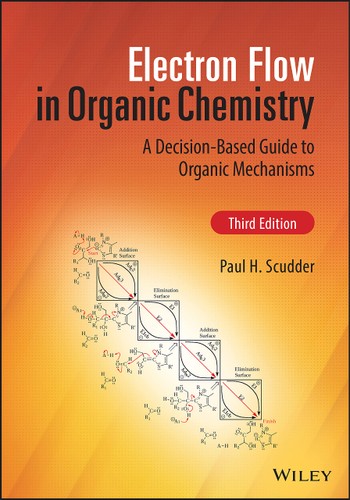

Most ebook files are in PDF format, so you can easily read them using various software such as Foxit Reader or directly on the Google Chrome browser.
Some ebook files are released by publishers in other formats such as .awz, .mobi, .epub, .fb2, etc. You may need to install specific software to read these formats on mobile/PC, such as Calibre.
Please read the tutorial at this link: https://ebookbell.com/faq
We offer FREE conversion to the popular formats you request; however, this may take some time. Therefore, right after payment, please email us, and we will try to provide the service as quickly as possible.
For some exceptional file formats or broken links (if any), please refrain from opening any disputes. Instead, email us first, and we will try to assist within a maximum of 6 hours.
EbookBell Team

4.4
22 reviewsElectron Flow in Organic Chemistry provides a unique decision-based approach that develops a chemical intuition based on a crosschecked analysis process. Assuming only a general background in chemistry, this acclaimed textbook teaches students how to write reasonable reaction mechanisms and use analytical tools to solve both simple and complex problems in organic chemistry. As in previous editions, the author breaks down challenging organic mechanisms into a limited number of core elemental mechanistic processes, the electron flow pathways, to explain all organic reactions―using flow charts as decision maps, energy surfaces as problem space maps, and correlation matrices to display all possible interactions.
The third edition features entirely new chapters on crosschecking chemical reactions through good mechanistic thinking and solving spectral analysis problems using organic structure elucidation strategies. This edition also includes more biochemical reaction mechanism examples, additional exercises with answers, expanded discussion of how general chemistry concepts can show that structure determines reactivity, and new appendix covering transition metal organometallics. Emphasizing critical thinking rather than memorization to solve mechanistic problems, this popular textbook
Features new and expanded material throughout, including more flowcharts, correlation matrices, energy surfaces, and algorithms that illustrate key decision-making processes
Provides examples from the field of biochemistry of relevance to students in chemistry, biology, and medicine
Incorporates principles from computer science and artificial intelligence to teach decision-making processes
Contains a general bibliography, quick-reference charts and tables, pathway summaries, a major decisions guide, and other helpful tools
Offers material for instructors
…